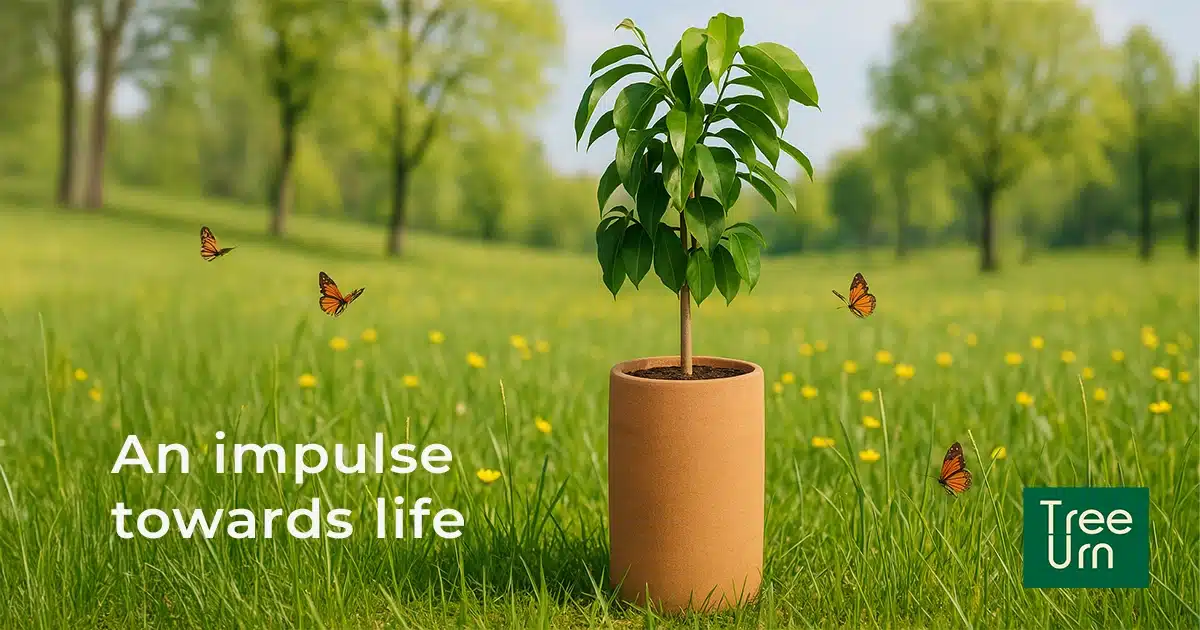FAQ — Eco-friendly urns and the Tree Urn (2025)
1) Why are ecological urns trending in 2025? Families are seeking meaningful, sustainable alternatives. Tree Urn turns ash scattering into a life-oriented ritual while solving practical issues like drainage, seed failure, and ash alkalinity.
2) Is Tree Urn suitable for both humans and pets? Yes. The same simple sequence applies for people and companion animals, creating a gentle, personal tribute in each case.
3) Does Tree Urn count as ash scattering? Yes. The cork urn is biodegradable/compostable and decomposes naturally over 6–8 years, enriching the soil and nourishing the planted tree—considered a form of scattering.
4) Where can we plant a Tree Urn? Common options include cemetery remembrance gardens, memorial forests/natural areas, private land with owner permission, and approved community spaces. Always verify local rules first.
5) Are regulations the same across Europe? No. Rules vary by country and municipality. Check local guidance and dedicated regulation pages before planning your ceremony.
6) What about Scandinavia’s depth rule? In several Scandinavian countries, biodegradable urns must be buried at least 50 cm deep. Tree Urn’s microporous cork helps regulate ash alkalinity; local authorities may grant specific approvals.
7) Why does Tree Urn biodegrade over 6–8 years? The medium-term timeline protects roots, tempers alkaline release, supports steady establishment, and ultimately becomes humus—benefiting the soil long term.
8) What material is Tree Urn made from? Natural cork from renewable sources. By using cork by-products and local production in Spain for European needs, it supports a circular, low-impact approach.
9) Can we hold a simple ceremony when planting? Yes. Families often speak a few words, write a message, plant and water the tree, share music or silence, and light a candle—small, peaceful gestures that bring meaning.
10) How does the Tree Urn work in practice? Place ashes in the lower chamber and seal with the cork separator; set a young tree or green plant in the upper chamber; bury the urn so nature continues its cycle and memory turns toward life.


0 Comments